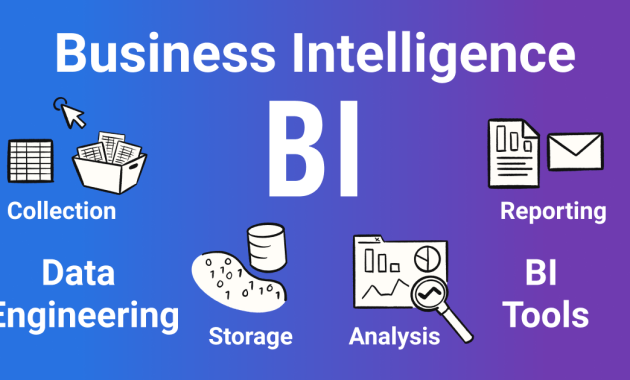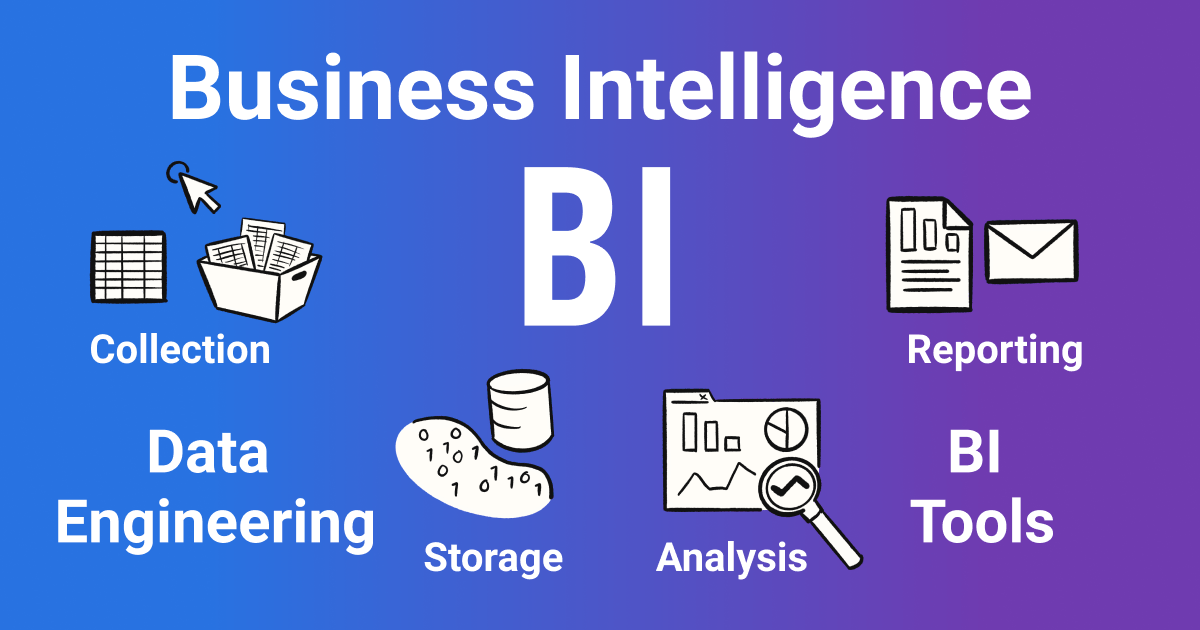
How 15 Business Intelligence Tools Every CEO Uses: A Strategic Guide
In today’s data-driven world, a CEO’s ability to make informed decisions is paramount. The right business intelligence (BI) tools provide the critical insights needed to navigate complex markets, optimize operations, and drive strategic growth. This article explores 15 essential business intelligence tools that every CEO should know and potentially utilize to gain a competitive edge. These tools empower CEOs to transform raw data into actionable intelligence. They facilitate better decision-making across all facets of a business. This guide will provide a comprehensive overview of these powerful BI tools, their functionalities, and their impact on executive leadership.
Understanding the Importance of Business Intelligence for CEOs
The modern CEO faces a deluge of information. Sifting through this data to identify key trends and opportunities can be overwhelming. This is where business intelligence tools become invaluable. They act as a central nervous system for the business, collecting, analyzing, and presenting data in a clear, concise manner. This allows CEOs to quickly understand the health of their organization. They can identify areas for improvement and seize new opportunities.
Business intelligence offers several key benefits to CEOs:
- Improved Decision-Making: Data-driven insights lead to more informed and strategic decisions.
- Enhanced Operational Efficiency: Identifying and addressing operational bottlenecks.
- Increased Revenue Generation: Spotting new market opportunities and customer trends.
- Competitive Advantage: Outmaneuvering competitors with superior market intelligence.
- Risk Mitigation: Proactively identifying and addressing potential risks.
Core Business Intelligence Tools for CEOs
The following business intelligence tools are essential for CEOs. They offer various functionalities, from data visualization to advanced analytics. Each tool can significantly improve decision-making capabilities.
Data Visualization Tools
Data visualization tools transform complex data into easy-to-understand visuals. Charts, graphs, and dashboards provide clear insights at a glance. These are crucial for quickly grasping key performance indicators (KPIs).
- Tableau: A leading data visualization platform known for its user-friendly interface and powerful analytical capabilities. It enables CEOs to create interactive dashboards and reports.
- Microsoft Power BI: An affordable and versatile tool that integrates seamlessly with the Microsoft ecosystem. It offers robust data visualization and reporting features.
- Qlik Sense: Known for its associative data modeling, Qlik Sense allows users to explore data intuitively. It offers powerful data discovery and analysis features.
Data Warehousing and ETL Tools
These tools manage and prepare data for analysis. They ensure data is clean, consistent, and readily available. This is the foundation for accurate and reliable insights.
- Amazon Redshift: A scalable and cost-effective data warehouse service offered by Amazon Web Services (AWS).
- Google BigQuery: A fully managed, serverless data warehouse that enables fast and efficient data analysis.
- Snowflake: A cloud-based data warehouse known for its ease of use and flexibility.
- Informatica: A comprehensive data integration platform. It provides ETL (Extract, Transform, Load) capabilities.
Advanced Analytics and Reporting Tools
These tools provide deeper insights through advanced analytics and sophisticated reporting capabilities. They go beyond basic data visualization to uncover hidden trends and patterns.
- SAP BusinessObjects: A comprehensive business intelligence platform. It offers reporting, analysis, and data visualization tools.
- SAS: A powerful analytics platform used for advanced statistical analysis and predictive modeling.
- IBM Cognos Analytics: An integrated business intelligence platform offering reporting, analysis, and dashboarding capabilities.
Specialized Business Intelligence Tools
These tools focus on specific areas of business intelligence. They provide specialized insights tailored to particular business needs.
- Sisense: Known for its ease of use and ability to handle large datasets. It provides powerful data analytics capabilities.
- Looker: A business intelligence and data analytics platform. It focuses on data exploration and collaboration.
- Domo: A cloud-based business intelligence platform that offers real-time data analysis and visualization.
- ThoughtSpot: A search-driven analytics platform. It enables users to ask questions and get instant insights.
Selecting the Right Business Intelligence Tools
Choosing the right business intelligence tools depends on several factors. These include the size of the organization, the specific business needs, and the available budget. Consider these factors when making your decision:
- Data Sources: Ensure the tool can connect to all relevant data sources.
- Scalability: Choose a tool that can grow with the business.
- Ease of Use: Opt for user-friendly tools that require minimal training.
- Reporting Capabilities: Ensure the tool offers the reporting and analysis features needed.
- Cost: Consider the total cost of ownership, including software, hardware, and support.
Implementing Business Intelligence Tools Effectively
Implementing business intelligence tools successfully requires a strategic approach. A well-defined implementation plan ensures the tools are integrated effectively. It also maximizes their value to the organization.
- Define Objectives: Clearly define the goals and objectives of implementing business intelligence.
- Assess Data Needs: Identify the data sources and the specific data that needs to be analyzed.
- Choose the Right Tools: Select the business intelligence tools that best meet the needs.
- Implement the Tools: Install and configure the tools and integrate them with existing systems.
- Train Users: Provide training to ensure users can effectively use the tools.
- Monitor and Optimize: Continuously monitor the performance of the tools. Optimize them to maximize their value.
The Future of Business Intelligence for CEOs
Business intelligence is constantly evolving. New technologies and trends are emerging. These will continue to shape the way CEOs make decisions. Staying informed about these trends is essential.
Key trends to watch include:
- Artificial Intelligence (AI) and Machine Learning (ML): AI and ML are being integrated into business intelligence tools. They automate insights and provide predictive analytics.
- Cloud-Based Solutions: Cloud-based business intelligence solutions offer greater flexibility. They also offer scalability and cost-effectiveness.
- Data Democratization: Making data and insights accessible to all employees.
- Data Literacy: Improving the ability of employees to understand, analyze, and use data.
Conclusion: Empowering CEOs with Data-Driven Insights
In conclusion, the 15 business intelligence tools discussed in this article are essential for modern CEOs. They provide the insights. These insights drive strategic decision-making, optimize operations, and gain a competitive advantage. By embracing these tools and staying abreast of emerging trends, CEOs can lead their organizations to success in the data-driven era. Investing in the right business intelligence solutions is an investment in the future.
[See also: Related Article Titles]

